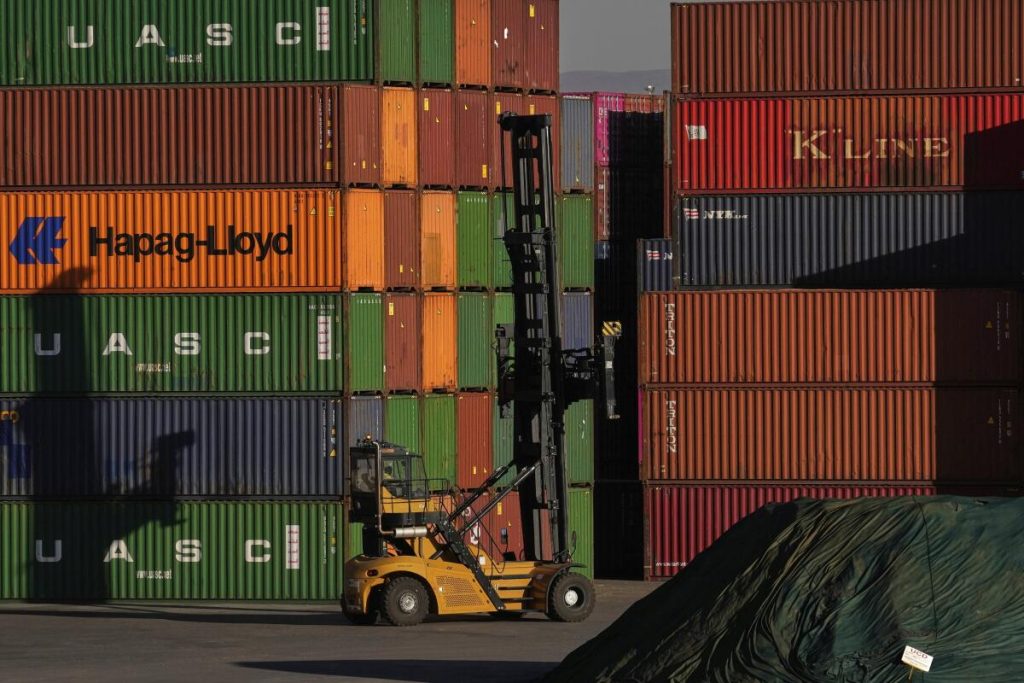Planned U.S. Tariffs Could Put 30,000 South African Jobs at Risk, Officials Warn

South African officials have raised alarm over the potential economic fallout of newly announced U.S. tariffs, warning that up to 30,000 local jobs could be at risk if urgent measures are not taken to manage the situation.

Speaking on Monday, South Africa’s Minister of Trade, Industry and Competition emphasized the significant impact of the 30 percent reciprocal tariffs imposed by the United States on key South African exports. Simphiwe Hamilton, Director-General of the Department, noted that the government’s projections are based on extensive consultations with stakeholders across the economy — particularly in vulnerable sectors such as agriculture and automotive manufacturing.
“We’ve based this on the ongoing consultations that we have with all the sectors of the economy — from automotive, agriculture, and all other sectors that are going to be impacted,” Hamilton said.
Trump’s Executive Order Triggers Global Trade Repercussions
The tariffs stem from an executive order signed by U.S. President Donald Trump last Thursday, just hours ahead of the August 1 deadline he had previously set for trade renegotiations. The order affects dozens of countries, but South Africa’s case is particularly severe. While some nations saw modified or reduced tariff rates, South Africa’s levy was confirmed at the full 30 percent, placing it among the top five most heavily penalized countries under the new policy.
A Blow to One of South Africa’s Major Trade Relationships
The United States is South Africa’s third-largest trading partner, accounting for 7.5 percent of the country’s total exports. Only China (11 percent) and the European Union (17 percent) surpass it in trade volume. As such, the tariff hike could have far-reaching consequences, particularly for export-reliant industries already operating under economic strain.
The agriculture and automotive sectors are expected to be among the most affected, with potential job losses looming. These sectors are not only critical to South Africa’s export economy but are also major employers within the country.
Unemployment Crisis Deepens
The news arrives at a precarious time for the South African labor market. According to Statistics South Africa (StatsSA), the national unemployment rate stood at 32.9 percent in the first quarter of 2025 — one of the highest rates globally. The potential loss of tens of thousands of jobs could further aggravate a growing socio-economic crisis.
“At this stage, we are sitting at approximately 30,000 jobs that could be affected by this, if it were to be mismanaged in any manner,” Hamilton warned.
Government Response and Mitigation Efforts
In response to the looming threat, the South African government is formulating a multifaceted strategy aimed at both immediate mitigation and long-term resilience. This includes:
-
Diplomatic engagement with the U.S. administration to seek a reconsideration of the tariff levels;
-
Outreach to other global trade partners to explore alternative markets and strengthen existing relationships;
-
The development of support packages for affected exporters and manufacturers, especially small to medium-sized enterprises (SMEs);
-
Internal policy reviews to ensure the country’s trade and industrial sectors are better insulated from future global shocks.
The new tariffs are scheduled to take effect on August 8, giving the government and industry stakeholders a narrow window to act.
Looking Ahead
As trade tensions rise globally, South Africa’s predicament serves as a cautionary tale of how mid-sized economies can be collateral damage in broader geopolitical maneuvers. The coming weeks will be crucial as diplomatic and economic responses are tested. For now, the livelihoods of thousands hang in the balance — dependent not just on trade policy, but on the resilience and agility of the country’s economic leadership.






